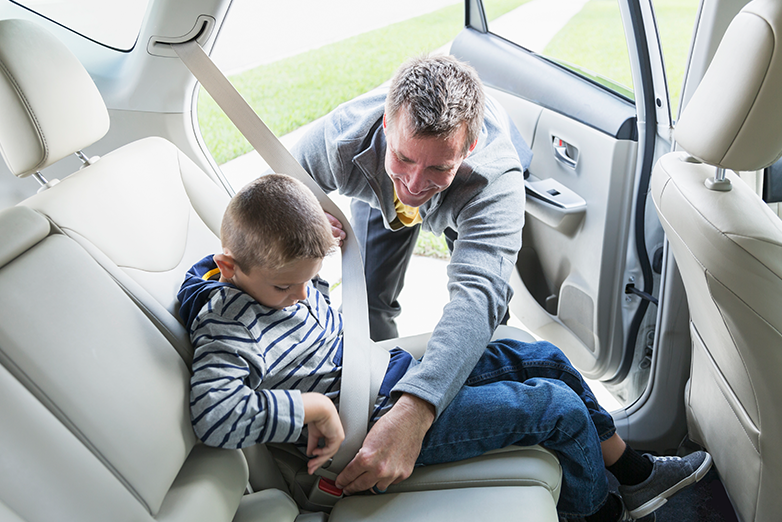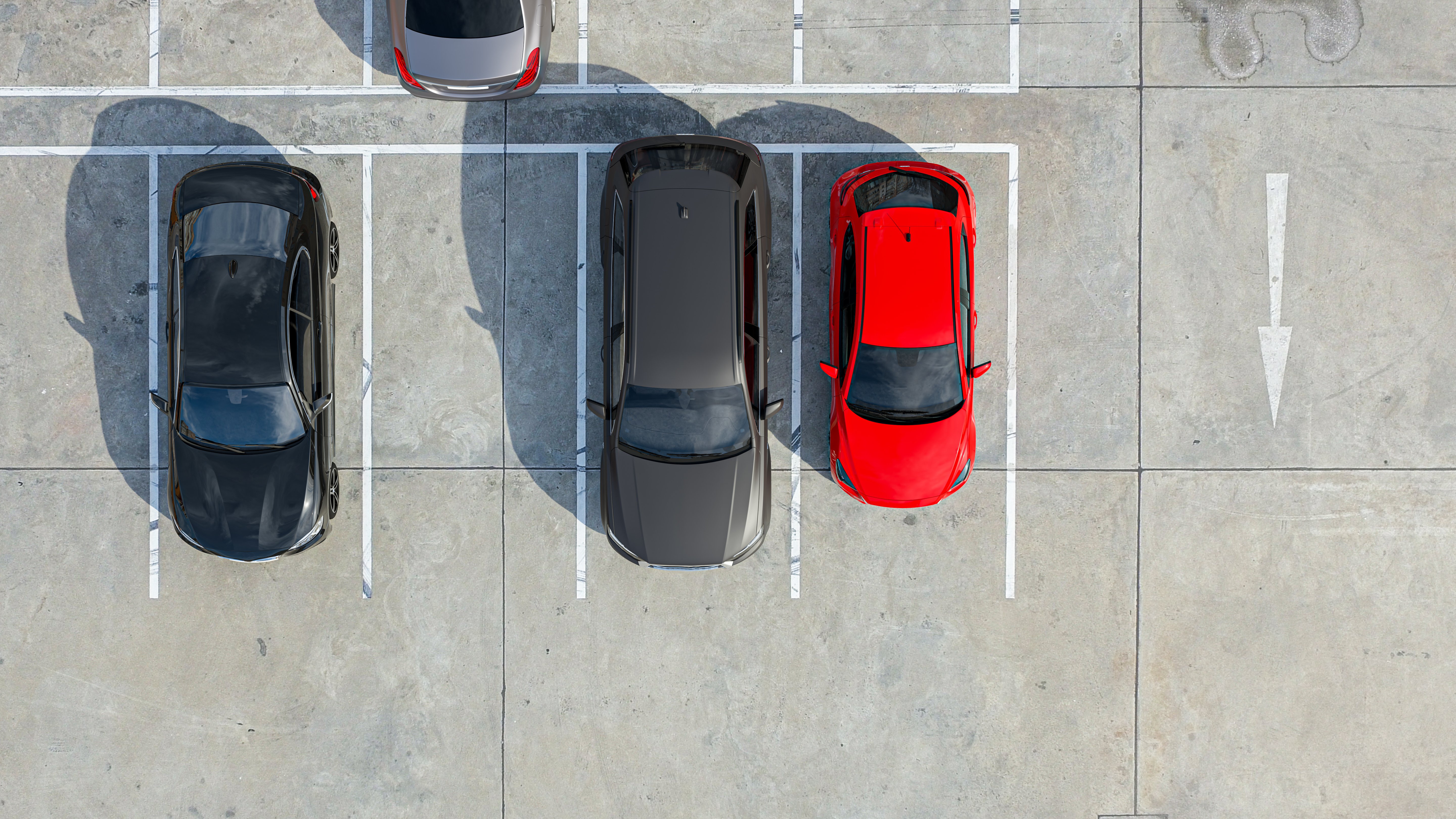
This year, some 40,000 people will die in car crashes, and another 40,000 will never recover from the injuries they receive in vehicle collisions. Smith System, which originated the behind-the-wheel, advanced driver safety program, is going a step farther to keep roads safe for all drivers.
“Driver’s Ed teaches us how to use the turn signal and the brakes, but not how to truly engage in the activity of driving. That’s what we’re missing,” says Tony Douglas, president and CEO of Smith System. “I don’t think we ever get the information we need to begin with.”
Douglas says that using the Smith System principles of crash prevention, which the company has taught to professional drivers for almost 70 years, is just as effective for family drivers as it is for professionals. This month, Smith System releases “Driving Family,” an 18-minute video designed to build awareness and instill safer driving skills.
“One consistent theme we hear when a driver goes through the class is, ‘How can I take this home to my children or spouse?’ So we decided to create something that takes that culture of safety to the family.”
Putting the Brakes on Dangerous Driving with The Smith5Keys®
By learning The Smith5Keys, Smith System’s proven principles for avoiding crashes, you can create a safer driving culture for yourself and your family. Douglas says the principles are “all about making sure you have the space, the visibility and the time” to make the best decisions possible in every driving situation.
Here’s a quick look at the 5Keys, and how they relate to family driving.
1. Aim High in Steering.
Always look ahead rather than just looking at the road in front of you. Look at where your car will be in 15 seconds, not where you are right now. Looking ahead will help prepare you for what is happening on the road ahead.
2. Get the Big Picture.
Notice what is happening around you — always. Look at the traffic on either side of you and use your mirrors to notice what is going on behind you. Keep a following distance of at least four seconds between the car in front, and if the weather is wet or slick, allow even more time. (Tip: To check your following distance, notice when the car ahead of you passes a stationary landmark, then count off how long it takes you to pass that same landmark.)
3. Keep Your Eyes Moving.
Check at least one of your mirrors (rear or side view) every five to eight seconds. Not only does this make you more aware of what is happening around you, but it also helps keep you alert, since it’s not uncommon to zone out when you keep your eyes staring straight ahead for an extended period of time.
4. Leave Yourself an Out.
Mistakes happen, and you want to be in a position to react, whether the mistakes are made by you or by other drivers. Pay attention to the traffic and road conditions, and always have an option in mind for responding to mistakes.
5. Make Sure They See You.
Use your horn when needed (but don’t be obnoxious about it) and use equipment like turn signals, flashers and headlights to ensure that others on the road are aware of your presence.
Battling a Deadly Duo
These five principles have proven successful time and time again, and putting them into practice will help create safer and more aware drivers. At the same time, families need to realize that some of the dangers lurking beyond the driveway don’t come from other drivers.
“Two of the big culprits when it comes to safety in the car are distracted driving and drowsy driving,” Douglas says. “If you’re looking at your [phone] screen at all when you’re in your car, there’s a lag time before you can refocus your mind.”
That lag time, which he says is from seven to 13 seconds, is all it takes to crash or lose control of your vehicle. Because of that, drivers should be more prudent about ignoring phones — even when stopped at a light — and also should be more aware of what other drivers are doing, since the likelihood is high that they may glance at a phone or GPS while driving.
Learning better ways to manage technology and other distractions in the car is a crucial lesson that all drivers should practice, but getting enough sleep is also important to prevent the dangers of drowsy driving.
“People think nothing of driving when they’re exhausted, but it is one of the most dangerous things on the road today.”
In fact, a 2018 study from AAA shows that the numbers related to drowsy driving were eight times higher than federal estimates, playing a factor in nearly 10 percent of all crashes.
“We’re out there driving with a population that is exhausted and focused on what’s going on with their devices instead of being focused on driving. Things happen so fast on the road; you have to be 100 percent engaged,” Douglas says.
“There is much more impetus today for people who are aware of driving safety to become even more defensive.”
Smith System’s video, Driving Family, which uses the Smith5Keys principles, is available online and in DVD format.










